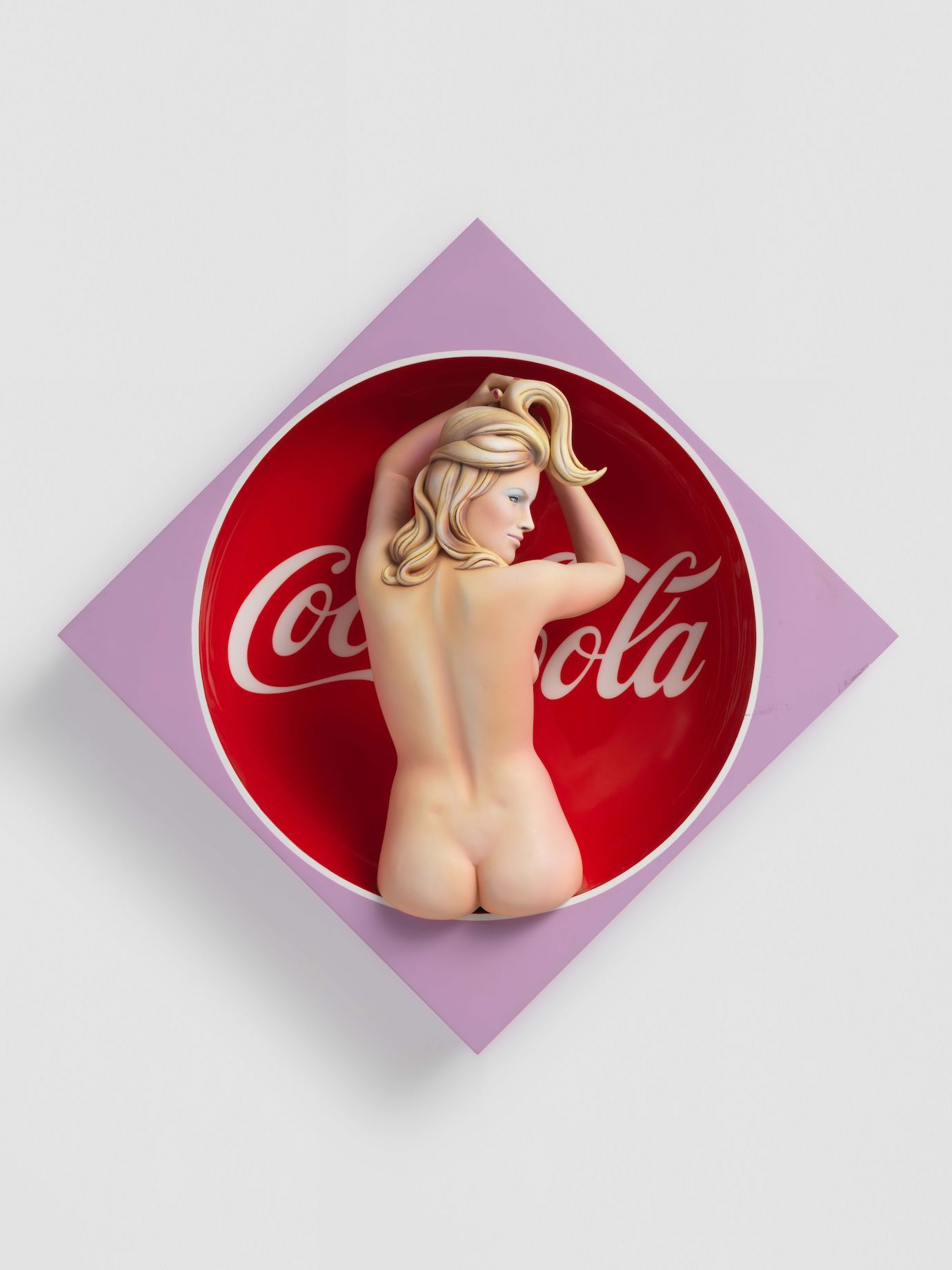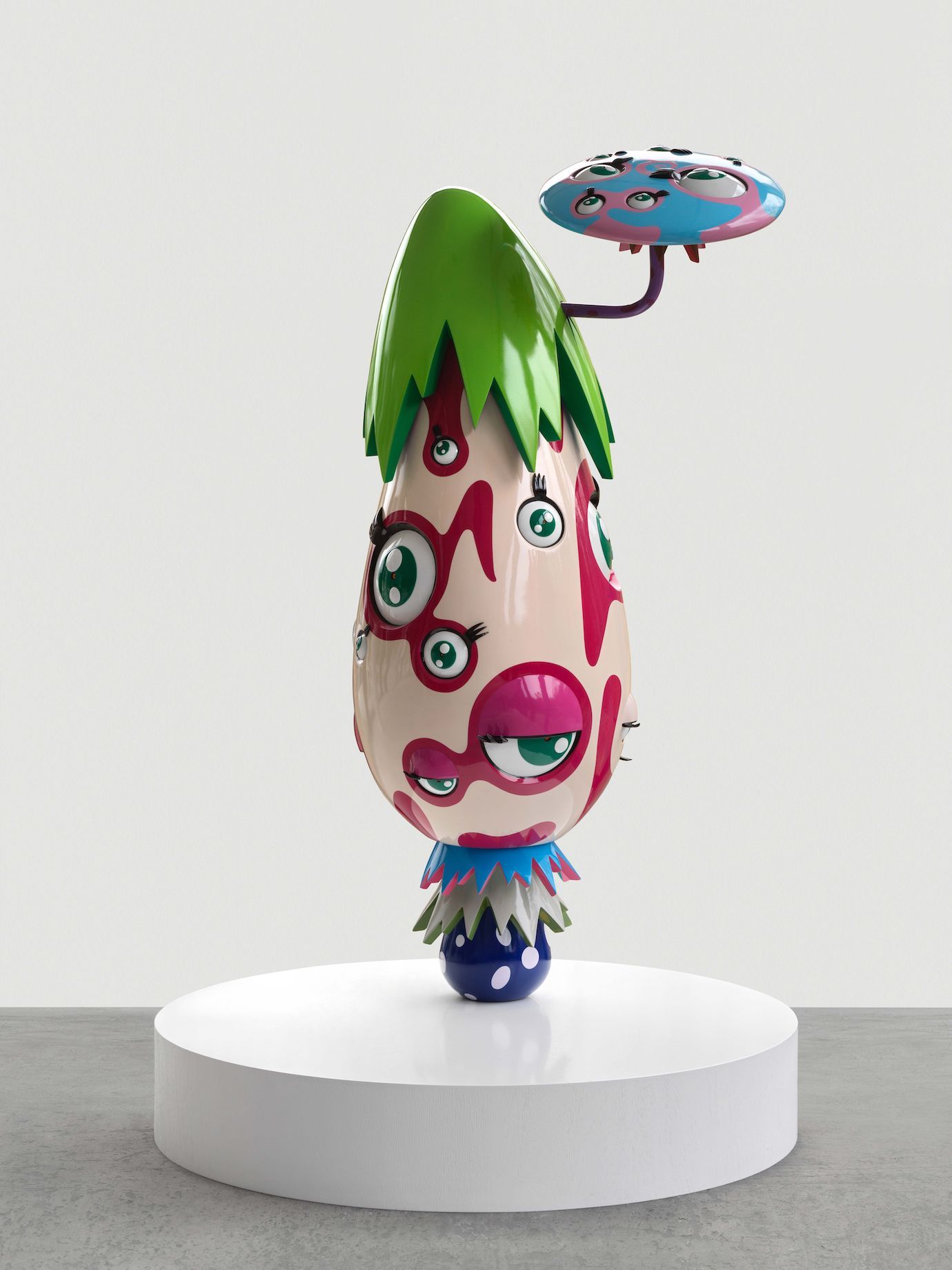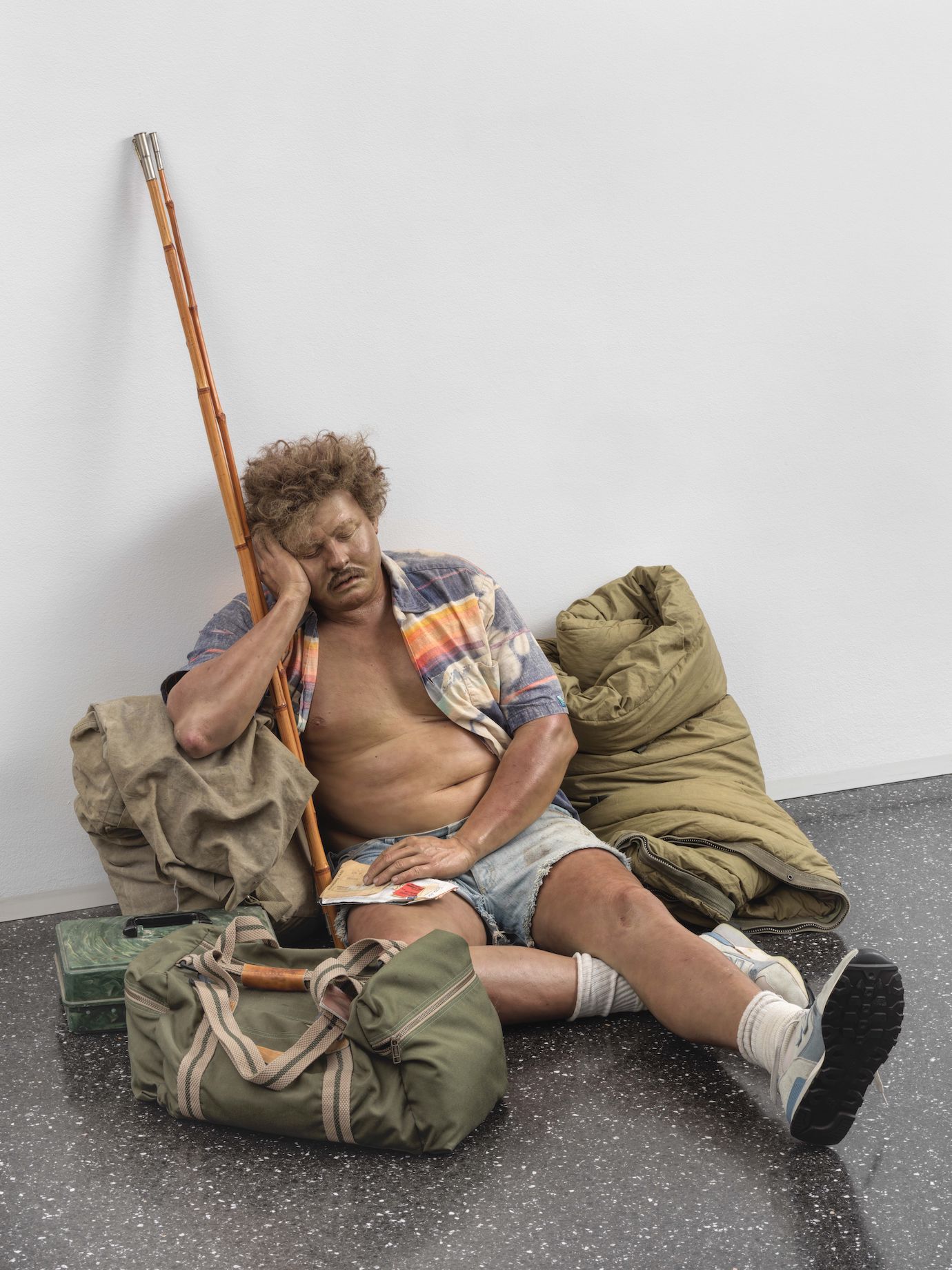Art
Architecture
Lifestyle
Tradition meets the modern age – at the Dolder Grand this is true in many respects. One example is the art collection, which comprises over 100 works by 90 artists from various periods.
With the construction of the two new wings of the building, undertaken by Foster + Partners between 2004 and 2008, the architecture of the building also symbolises a confluence of different eras. However, the Dolder Grand has been shaped not least by the people who have stayed with here over the decades. Some have left such a deep impression that we have dedicated a suite to each of them.
FROM NIKI DE SAINT PHALLE
TO SALVADOR DALÍ
Art has traditionally been a high priority in the city of Zurich – and since its reopening in 2008, this has also been true of the Dolder Grand. Around 100 works of art by 90 renowned artists are on display throughout the Hotel. Most of them are located in the public area, which is accessible to all guests. Others are reserved for hotel guests on particular floors. The curator of the in-house art collection is the Schwarzenbach family, the owners of the hotel.
And the artists are as diverse as the guests. Next to works by Swiss icons such as Ferdinand Hodler, Urs Fischer and Max Bill, there are works of art by artists from all over the world. For example, guests are greeted by “Femmes métamorphosées – Les sept arts” by Salvador Dalí at the entrance to The Restaurant. Or “Le Monde” by Niki de Saint Phalle and Jean Tinguely, which can be seen on the way to the Spa. Standing on the Spa terrace, on the other hand, is “Woman with fruit”, unmistakably a work by Fernando Botero. Artists such as Joan Miró, Max Ernst, Anselm Kiefer and Keith Haring are also represented, and the Dolder Grand’s art collection is complemented by contemporary artists such as Jani Leinonen, Takashi Murakami and Sylvester Stallone.
The Dolder Grand’s art exhibition is timeless, but not set in stone. As with any gallery, there are always changes to the works on display – so it is worth checking back from time to time.
THE DIGITAL ART GUIDE
Discover our art collection – over 100 works of art can be marvelled on the grounds of the Dolder Grand. Each artwork has its own QR code, which provides information about the artists and the art piece itself. Create your own route and follow in the footsteps of artists such as Niki De Saint Phalle, Takashi Murakami and Salvador Dalí.
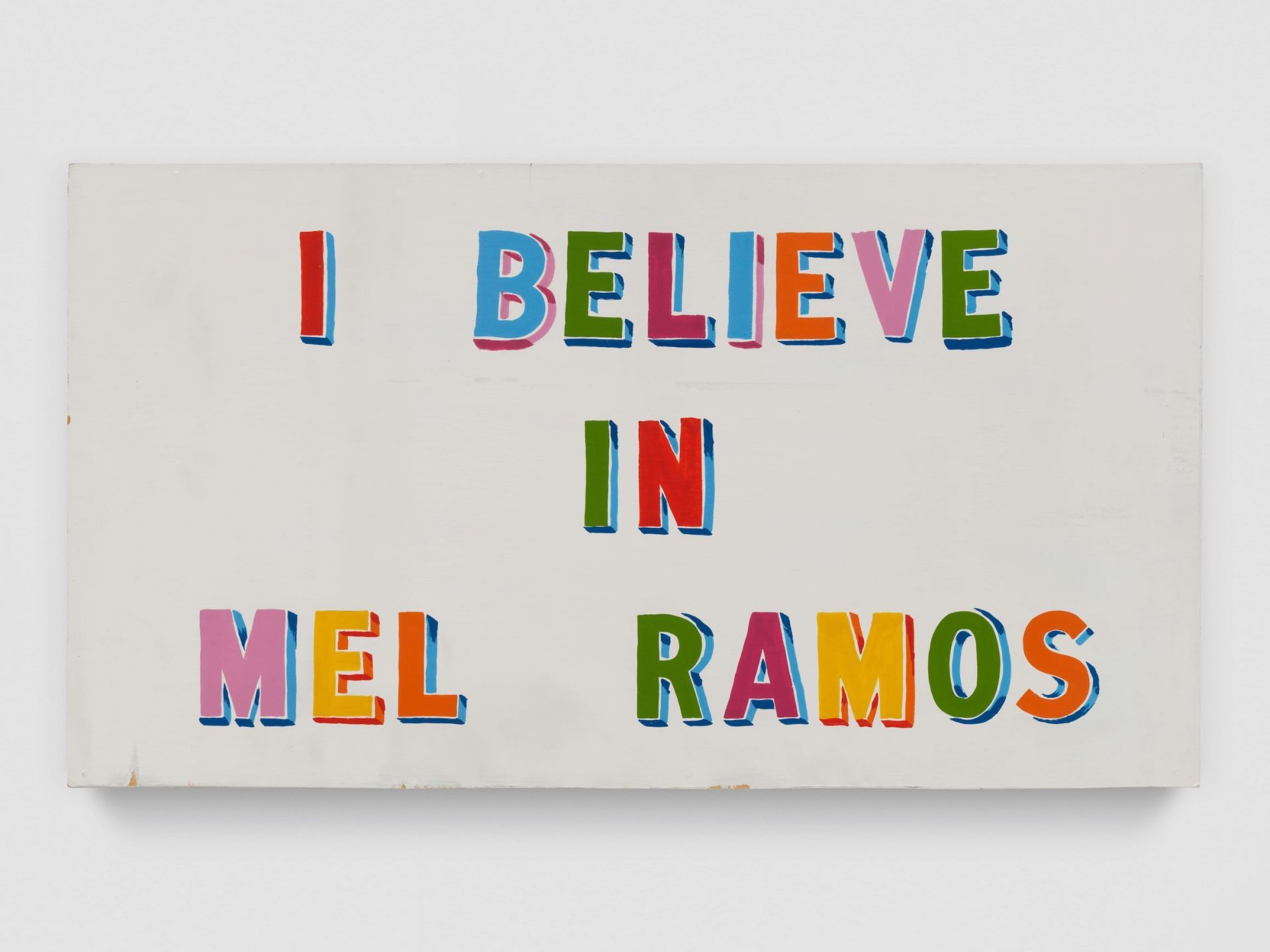
FROM PUB
TO FIVE-STAR HOTEL
After its opening in 1899, the “Dolder Grand Hotel & Curhaus”, designed by architect Jacques Gros, served the people of Zurich primarily as a destination for relaxing while on an excursion. The emphasis was on recreation, relaxation and experiencing nature. With the conversion from seasonal to year-round operations, a staff wing was added to the main timber building in the 1920s. The front entrance was moved to the mountain side and replaced by a restaurant with large exterior windows and a panoramic sun terrace. This was followed in the 1960s by a modern extension that created an additional 60 rooms. However, the symmetrical shape of the building was lost.
At the beginning of the 2000s, Foster + Partners was commissioned to take the outdated buildings into the modern era. It was Norman Foster’s first hotel project – he developed his first designs over drinks, sketching them out on a napkin. The London architect decided to restore the historic Main Building and demolish all buildings constructed after 1899. They were to be replaced by the two new wings of the building, the Spa Wing and the Golf Wing, which would restore the symmetry of old. Thanks to wall panels inspired by the surrounding birch forest, the two wings blend discreetly into the background. By the way, the three buildings only touch at a single point: “The Kiss” at the lobby exit. The lobby entrance was moved back to the valley side so that arriving guests can enjoy a panoramic view of the city.
Foster + Partners pursued a clear vision, but it was still important to stay flexible. The reason for this was that part of the conversion work was done under a preservation order affecting the relevant parts of the building – and because there were surprises. Such as the accidentally discovered stuccowork, which was covered up in the 1950s and unceremoniously integrated into the conversion plans.
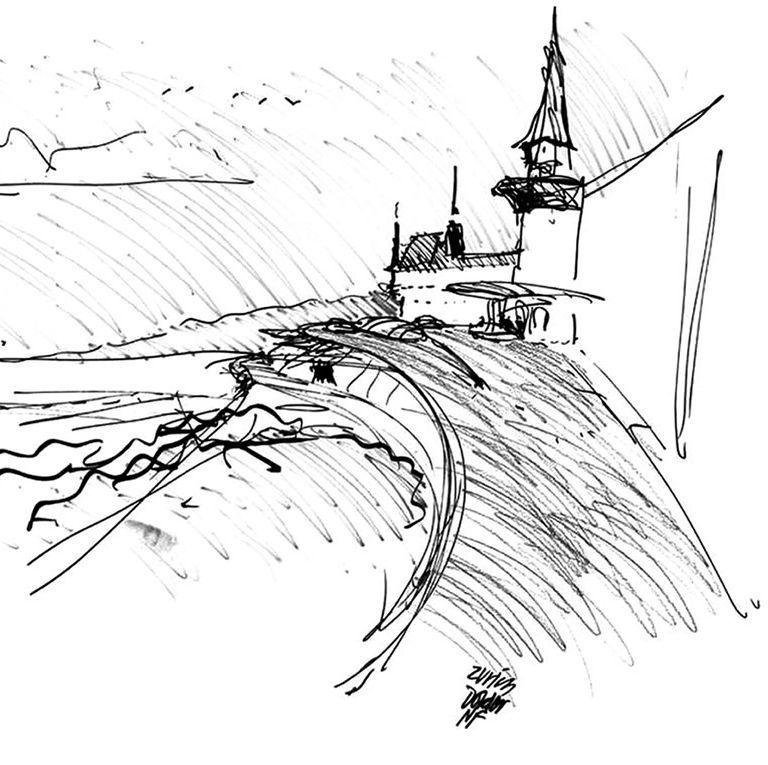
Japan and the Alps
united in Spa
As in the early days, tranquillity, relaxation and physical well-being were once again to play a central role at the Dolder Grand, and the 4,000-square-metre Spa area was therefore important. The world-renowned spa designer Sylvia Sepielli was brought in to develop it. After doing research in Switzerland, the American was impressed by the majestic mountains and deep valleys. This is reflected, among other things, in the Meditation Room, whose stones get bigger and bigger the closer you get to the indoor pool. The second source of inspiration becomes immediately apparent when you enter the Spa area: Japan, where Sepielli lived for over ten years.
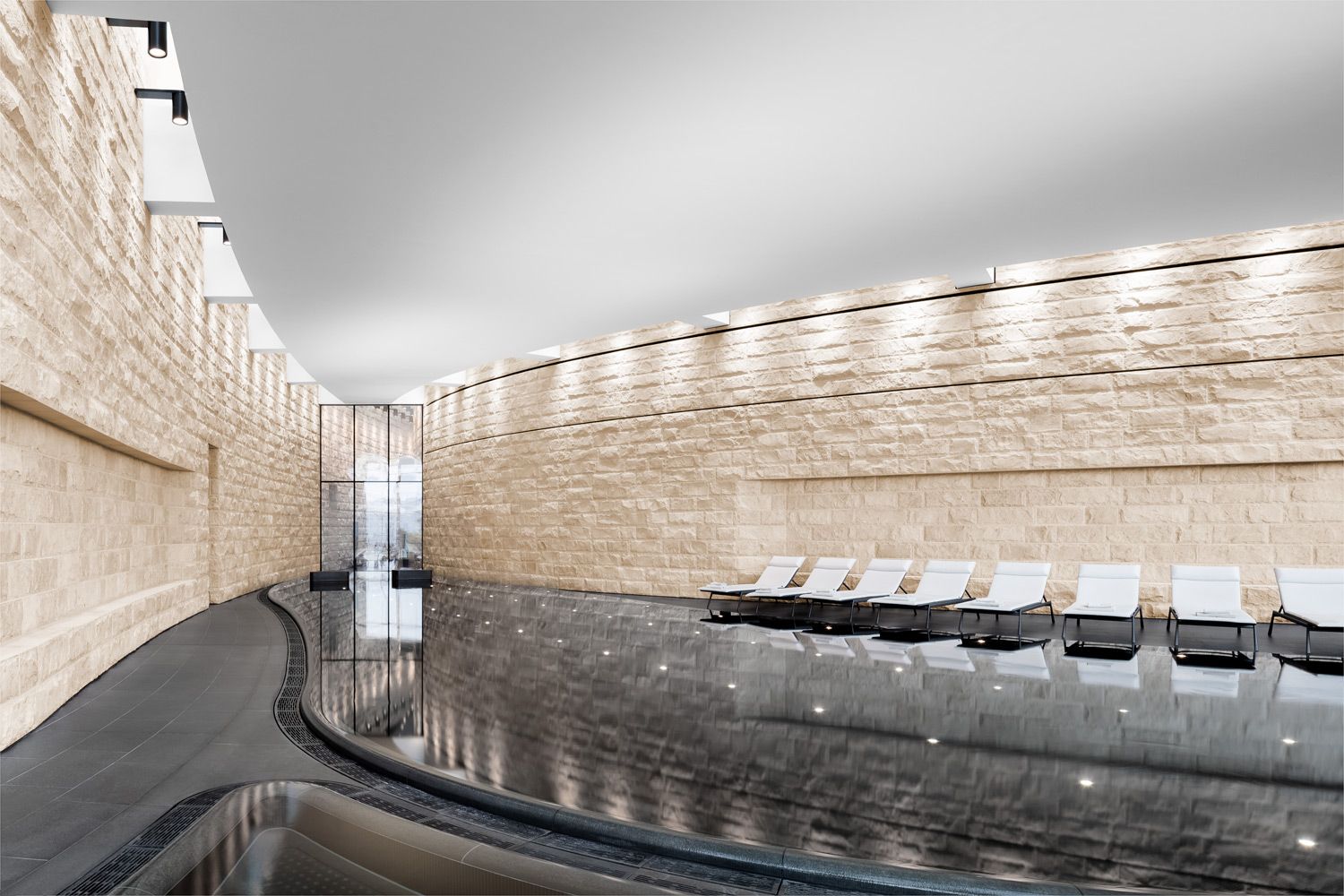
SUITES WITH PERSONALITY
The Dolder Grand has hosted numerous artists in its 120-year history. They included politicians such as Winston Churchill, Nelson Mandela and Bill Clinton or Hollywood stars like Liz Taylor, David Fincher and Leonardo Di Caprio. Some of them have left such a deep impression that we have dedicated a suite to them.
The “Maestro Suite” in the tower of the Main Building is a tribute to the Austrian conductor Herbert von Karajan. The 170-square-metre “Masina Suite” with private roof terrace is named after Giulietta Masina – or rather the 1950s glamour and glitz embodied by the Italian actress. The spirit of the 1960s is alive in the “Suite 100” on the top floor of the Spa Wing. Named after the Club 100 in London, the suite has an extravagant black, orange and purple interior, with retro-style furniture. An electric guitar signed by the Rolling Stones is the highlight for music fans. All the furniture and lamps in the “Carezza Suite” have an organic shape – a homage to the work of the Swiss painter Alberto Giacometti.
